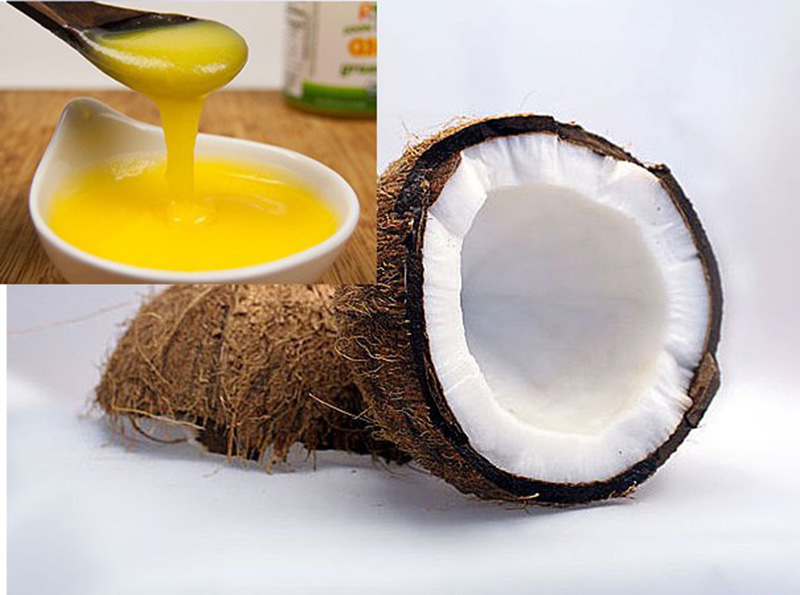Guide To Piligrims
The Ghee-Filled Coconut
Nov 2014

In the epic it is said that, when the Lord started for the forest in quest of leopard’s milk, the king advised him to take a coconut, representing Lord Siva, the three-eyed, his family deity, to protect him against evils on the way, and that the Lord obeyed him in this. This has become a conventional practice among the pilgrims. Another explanation is that the ghee-filled coconut represents the Lord.
With due respect to both these versions and without in any way contradicting them or hurting the feelings of those who believe in them, they do not appear justified, nor do they explain the significance of the practice in terms of the Soul’s journey to unite with the Supreme. The kind did not instruct the Lord to fill a coconut with ghee. Neither can the second explanation be accepted, for it is beyond comprehension that we should break open a coconut which represents the Lord himself. On the contrary we should have to revere it, not destroy it.
In the symbolic journey of the soul, the soft eye of the coconut represents the spiritual eye of man, the ghee his soul, and the coconut his body.
The ghee-filled coconut, along with the offerings, is all that is contained in the front part. No sooner has the coconut been filled than it is placed, along with the other offerings, in the front part and tied up, and the rear part is filled with personal requisites. The bundle is then tied up, as we have stated above.
If the front part represents the man, what then is the rear part?
The rear part is man’s Prarabdha Karma and his desires. These are an appendage brought on him by himself, and he has necessarily to carry them himself till they are destroyed There is no escape from them.
While the five Indriyas, the eight Ragas, the three Gunnas, Vidya and Avidya are common to all men, the nature of Praarbdha Karma and desires differ with each individual according as he has lived or lives. This is clearly signified by the contents of the Irumudi. The front part is in all cases the same, without any exception whatsoever, a ghee-filled coconut and offerings; whereas the contents of the rear part differ with each individual.
